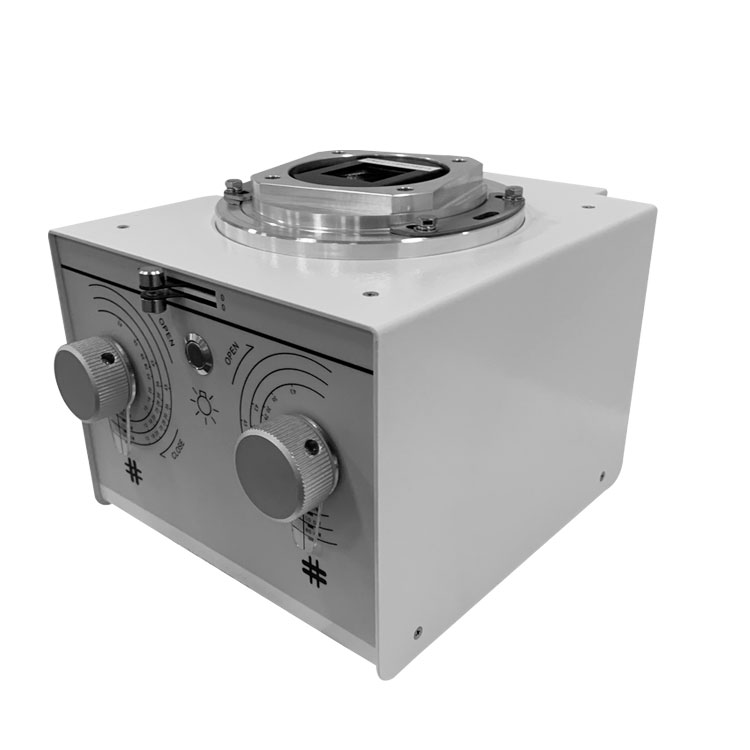Home›Blog ›Are there specific collimation requirements for different imaging procedures, such as chest X-rays or extremity imaging?
Are there specific collimation requirements for different imaging procedures, such as chest X-rays or extremity imaging?
Collimation in medical imaging refers to the process of limiting the X-ray beam to the area of interest and minimizing unnecessary radiation exposure to surrounding tissues. The specific collimation requirements can vary depending on the imaging procedure and the anatomical region being examined. Here are some general considerations for different imaging procedures:
1. Chest X-rays:
– Collimation is typically adjusted to include the entire thoracic cavity.
– The X-ray beam should cover from the apices of the lungs to the costophrenic angles.
– Unnecessary exposure to adjacent structures, such as the thyroid or breast tissue, should be minimized.
2. Extremity Imaging:
– For extremity X-rays, collimation should be tailored to the specific body part of interest.
– The X-ray beam should be limited to the area being imaged to reduce unnecessary radiation exposure to surrounding tissues.
3. Head Imaging:
– Collimation for head imaging, including skull X-rays or computed tomography (CT) scans, should cover the area of interest while minimizing exposure to adjacent structures.
4. Abdominal Imaging:
– Collimation for abdominal X-rays or CT scans should encompass the region of interest while avoiding unnecessary exposure to adjacent organs.
5. Spine Imaging:
– For spine X-rays or CT scans, collimation should be adjusted to include the entire spinal column while minimizing exposure to surrounding tissues.
6. Dental Imaging:
– In dental radiography, collimation is often used to focus the X-ray beam on the specific tooth or area of interest, reducing radiation exposure to adjacent structures.
It’s important to note that the collimation requirements may vary based on the specific imaging modality (X-ray, CT, MRI, etc.) and the equipment being used. Additionally, regulatory bodies and guidelines, such as those provided by the American College of Radiology (ACR) or the International Commission on Radiological Protection (ICRP), may offer specific recommendations for collimation in different imaging scenarios.
Radiologic technologists and healthcare providers are responsible for ensuring proper collimation based on the clinical indication, and they often use collimators and light field indicators to achieve accurate and safe imaging practices. Whatsapp:+86 18953679166. Email: service@newheek.com

Author:X Ray Collimator
X Ray Collimator
Blog
contact us
TEL:+86 18953679166
E-mail:service@newheek.com
Company:Weifang Newheek Electronic Tech Co., Ltd.
ADD:E Building of Future Star Scientific Innovation Industrial Zone of No.957 Wolong East Street, Yulong Community, Xincheng Sub-District Office, Weifang Hi-tech Zone, Shandong Province, China

